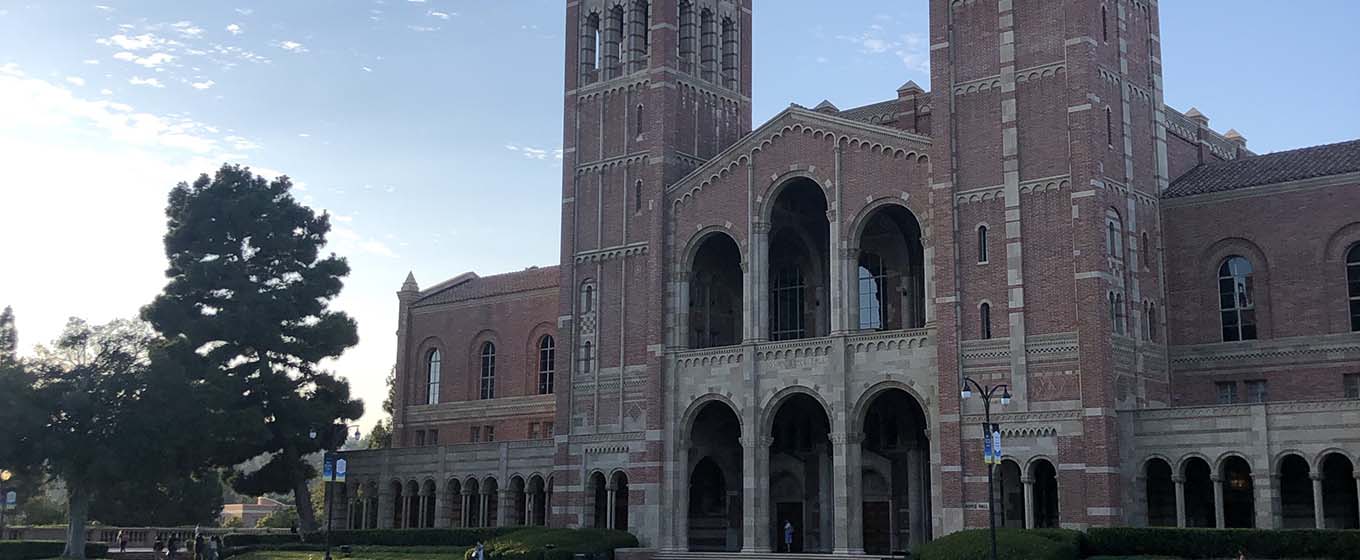Meet the experts. Patrick Colabucci - UCLA Extension

Great question. Let’s remember that virtual learning and instruction are not new. Delivering quality education in the online environment is something some educational institutions and private companies have been doing for many years. UCLA Extension has been delivering courses and certificates fully online, and in hybrid format, for nearly two decades.
Also, many of today’s digital natives, people brought up during the age of digital technology and familiar with computers and the Internet from an early age, feel comfortable, even natural, in the online environment. In fact, it can be argued that these digital natives have been learning online, though maybe not in the classroom environment, for many years.
The COVID-19 pandemic certainly forced many educational institutions into the online space more quickly than they had planned.
From a student perspective, the online environment is quite different from the traditional in-class environment. There are a few core issues to when looking at the differences and the value added. One of the biggest of these issues is the traditional role of the professor and the role of the student. The student, in many ways, owns their learning, their progress, their path. The professor’s role in the online environment is no longer the ‘sage on stage but is the guide on the side.’ Many universities around the world see value in this type of evolution from a teacher-centered pedagogy to a learner-centered pedagogy.
The student can drive the learning pace and path (within the bounds of the syllabus, of course) as the professor provides guidance, direction, and resources. Courses still have learning objectives, of course. Yet, the students navigate their ways through the course. Students who prefer visual learning may use different approaches and resources than students preferring a kinesthetic or aural approach.
The online environment adds tremendous value by providing students with an opportunity to build, to structure, their learning. Students can build their skills, direct their learning towards their career choice, and take a path that is customized for them.
Many universities across the world have had to reformat their programs and courses, converting instruction to an online delivery system. In normal times this process would have taken years. In this suddenly immobile world we are currently experiencing, does promoting an international virtual learning experience make any sense?
Yes, in fact, I think the virtual learning experience makes a lot of sense as part of a holistic international experience. Being online, whether surfing the web, being an active or passive player on Instagram, Twitter, or other social media outlets, chatting on Facetime, or taking online courses, online is global in its reach. International virtual learning is an opportunity to learn with students and professors from around the world. Opinions, ideas, friendships, and problem solving are enriched by the diversity of thought, experiences, identities, and personalities that a classroom of students from around the world can contribute.
There were slightly more than five million students studying abroad, outside their own country. Studying abroad is a fabulously rich, rewarding, and often transformational experience for students. It’s also expensive. It requires plane tickets, accommodation costs, health insurance, and many more costs. In a sense, being able to afford the study abroad experience is a type of privilege for those who can afford it.
In 2018, the number of internet users in the world exceeded four billion for the first time ever. More than a billion of these internet users were in either China or India, countries in which a relatively small percentage of people can afford to study abroad. Imagine a virtual experience with students and professors from around the world, including those who might not be able to afford plane tickets, accommodation, and affiliated costs. The diversity of thought, of nationality, of ethnic groups, of nationality could reflect such a broader audience. Imagine having a class discussion about sustainability with students from 10 or 15 or 20 countries contributing ideas and experiences.
The virtual world is a reality and here to stay. Certainly, it will evolve. The COVID-19 pandemic triggered rapid and massive changes to how education institutions deliver courses and serve students. Changes to the virtual environment will continue. And international virtual experiences will, at least in my humble opinion, become an integral part of the virtual education experience.
In a very real sense, the virtual world opens windows into countries, cultures, people, and ideas that would not even be accessible throughout the traditional study abroad experience.


